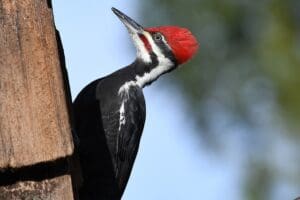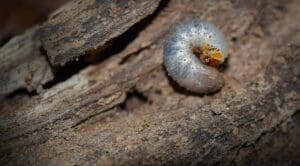
Hello! Monday, we posted some facts about partridges and pear trees. Today we are going to cover another type of plant that you see in decorations during the holidays – mistletoe. Of course, everyone thinks of it in terms of kissing. But there are a lot of things you may not know about mistletoe. So here are some fun facts about mistletoe.
11 Facts About Mistletoe
- Around the world, there are 1300 species of mistletoe. There are over 30 species in the continental US and Canada. Hawaii has another 6.
- Around the world, over 20 species are on the endangered list.
- All of the species of mistletoe are parasites on shrubs’ and trees’ branches. In fact, the oak mistletoe, which is most commonly found in the eastern part of the US, has a genus name get Phoradendron. In Greek, this means ‘tree thief’.
- In ancient times, Anglo-Saxons noticed it often will grow around bird droppings. That could be the way it came to be called mistletoe. In the Anglo-Saxon language, the word ‘mistel’ translates to dung. The word tan in old English means twig. So, therefore, it literally translated to “dung=on-a-twig.
- There are white berries produced by mistletoe, and they contain a single sticky seed. This can attach to mammals and birds to get to a new growing spot. Dwarf mistletoe white berries, when ripe, can also explode. They can eject their seeds initially at an average amazing speed of 60MPH. These seeds can go up to 50’.
- When one of the seeds gets to a host that’s suitable, it will send roots out. These will penetrate and then draw on the tree’s water and nutrients.
- As a mistletoe matures, it grows into thick, oftentimes rounded masses full of stems and branches. Eventually, they will resemble baskets and they’re sometimes known as witches’ brooms. These can reach up to 5 feet in width and weigh as much as 50 pounds.
- When a tree has a mistletoe infestation, it dies early because of its parasite growth. this produces dead trees that mammals and nesting birds use. a forest that is mistletoe-infested often has triple the cavity-nesting trees when compared with one that doesn’t have mistletoe.
- There are many birds that will directly nest in the witches’ brooms, including chickadees, house wrens, pygmy nuthatches, and mourning doves. Researchers discovered that 41% of the nests of spotted owls in one of the forests were connected to witches’ brooms. 64% of all of the nests of Cooper’s hawks located in the northeastern part of Oregon were located in mistletoe. Some of the species of tree squirrel also build nests in the witches’ brooms.
- Three types of butterflies in the US depend on mistletoe to survive – Johnson’s, thicket, and great purple hairstreaks. These butterflies will use mistletoe as a place to lay their eggs. Then the young will eat the mistletoe leaves. They also feed on the nectar from mistletoe as adults.
- Mistletoe’s berries are poisonous when consumed by humans. However, many types of mammals eat them during the fall and winter months when other kinds of foods are hard to find. A lot of birds also consume these berries.
Now, let’s get down to what you probably are wondering about – how does kissing come in? it’s possible that it started as early as the 1500s. it was referred to by Washington Irving in the essay called Christmas Eve. Back in his day, every time two people kissed beneath the mistletoe, a berry was removed. Once all the berries were gone, the kissing power of the mistletoe sprig also was gone.
We hope you found this information about mistletoe interesting. We offer a wide variety of services for gardening and snow removal. Send us a message here if you’re interested in knowing more.



